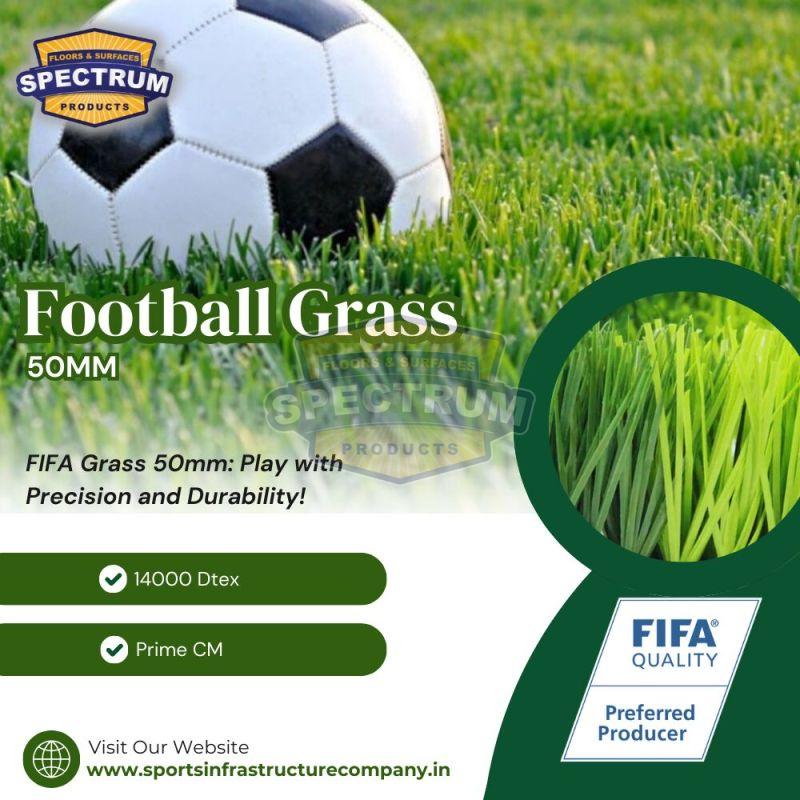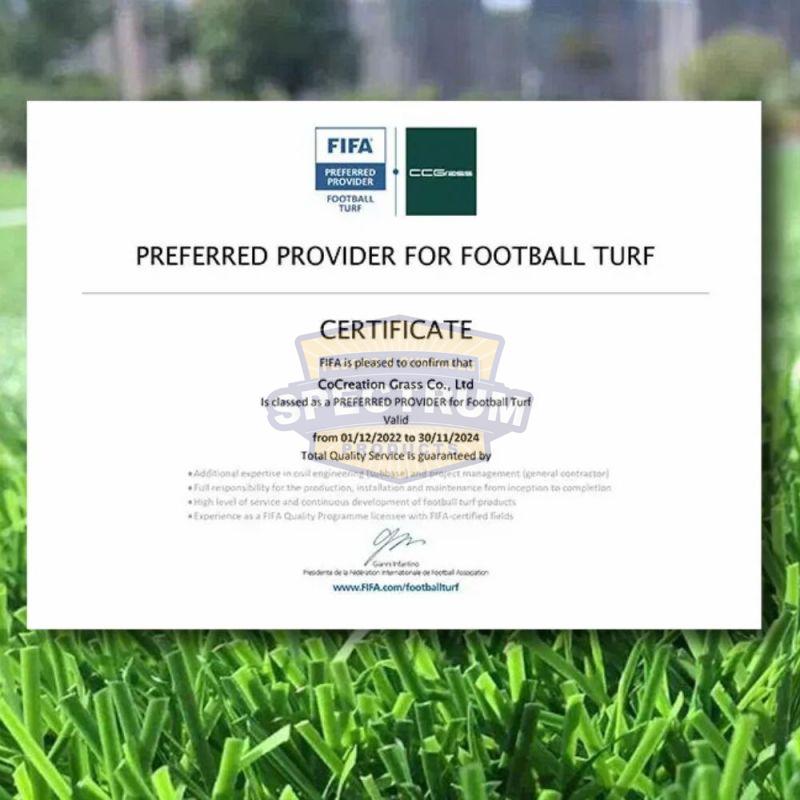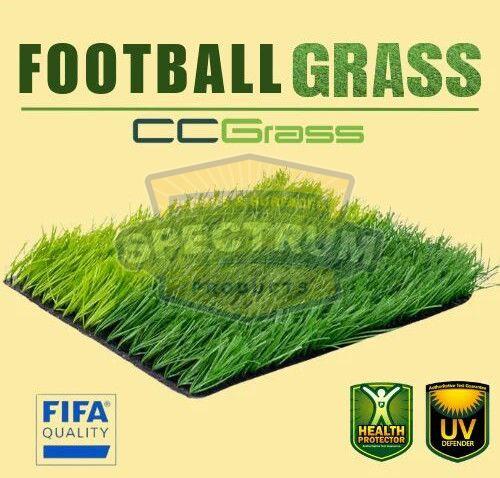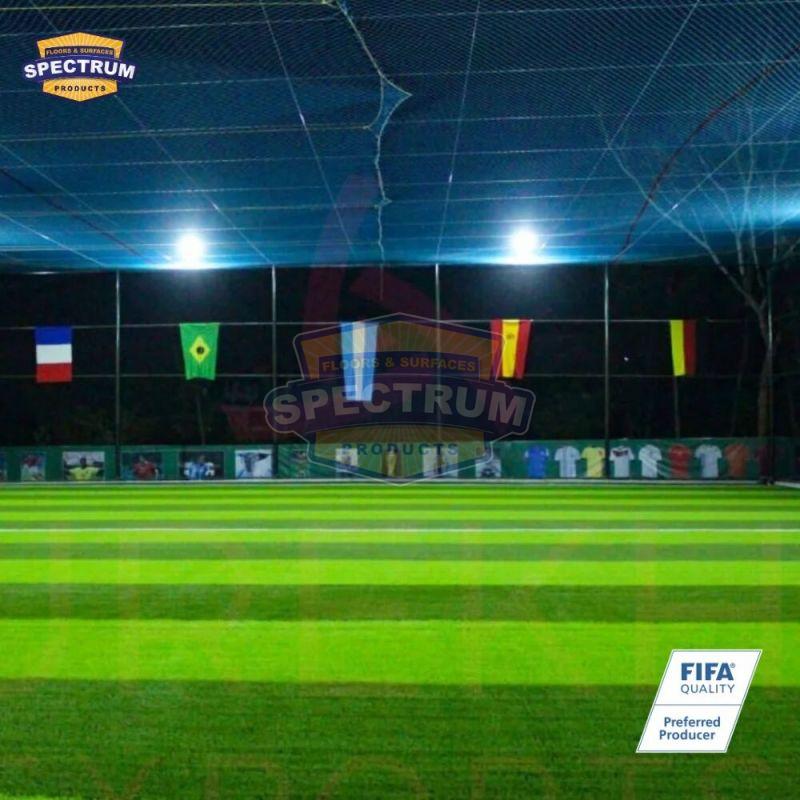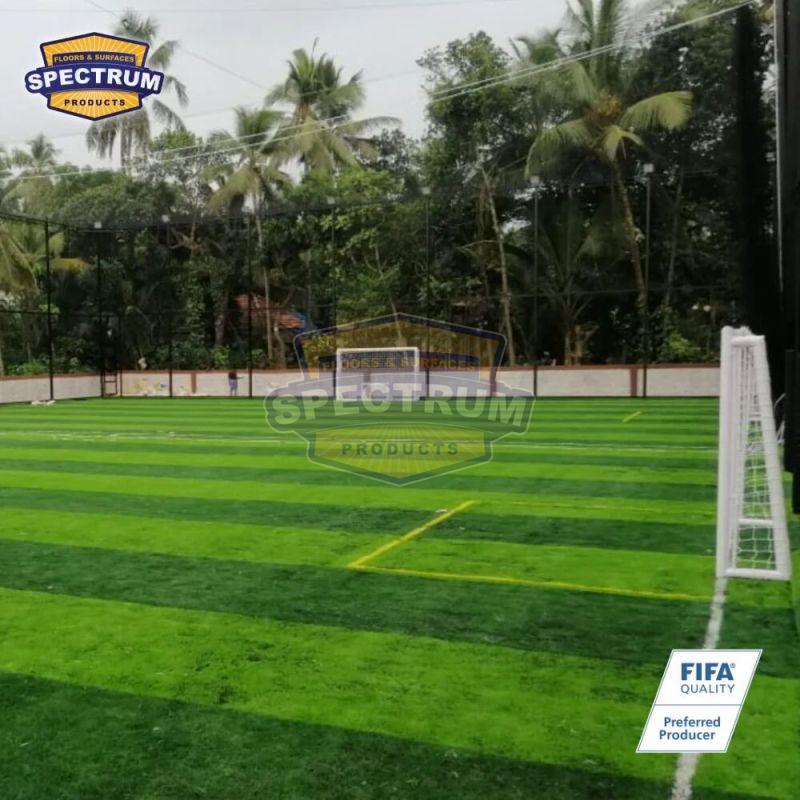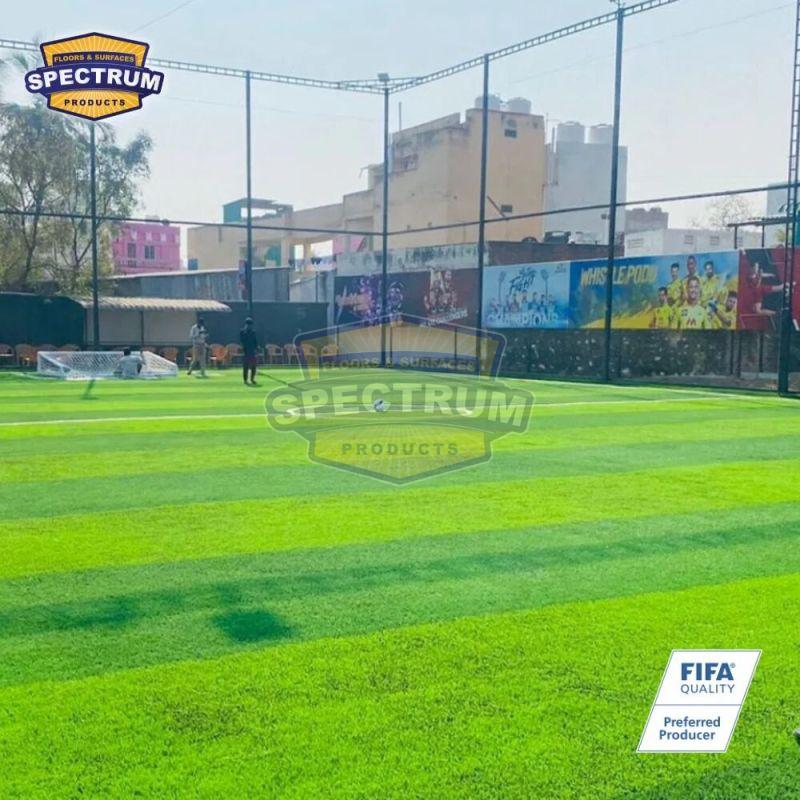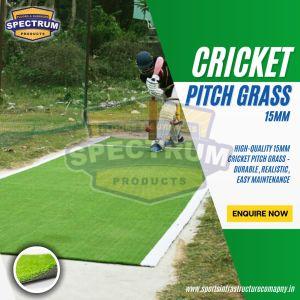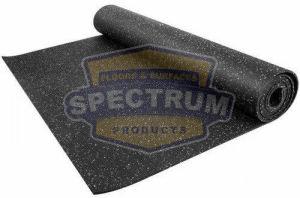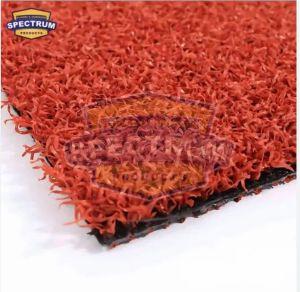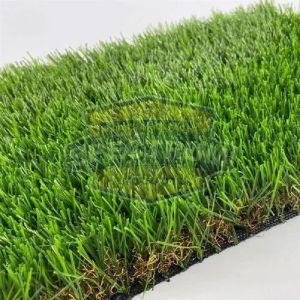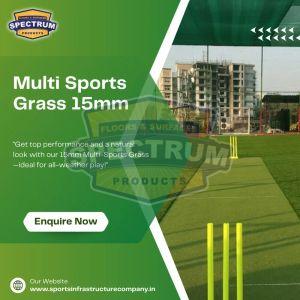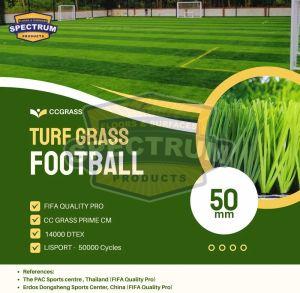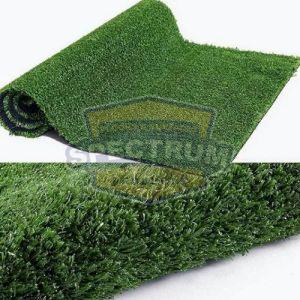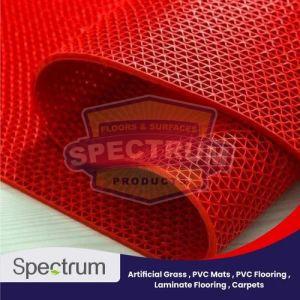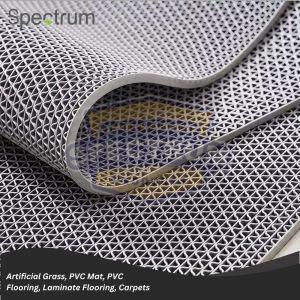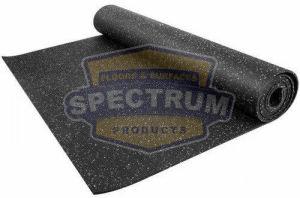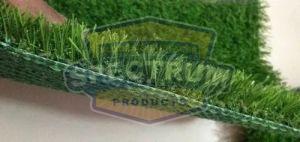Bhiwandi, Mumbai, Maharashtra
- GST NO. : 27CLVPK6338P1ZZ
| Business Type | Manufacturer, Exporter, Supplier |
| Pile Height | 30 Mm |
| Country of Origin | Made In India |
| Size | 40 Meter |
| Click to view more | |
Product Details
Playing Football on Grass vs. Turf: An In-depth Analysis
Football, or soccer, can be played on natural grass or artificial turf, each offering unique benefits and drawbacks. The choice between grass and turf often sparks debate among players, coaches, and sports scientists. This article explores the differences, focusing on performance, injury risk, environmental impact, and maintenance.
Characteristics
Natural Grass provides a traditional aesthetic, offering a soft, cushioned surface that can reduce impact on players' joints. However, it requires regular watering, mowing, and pest control, which can be environmentally demanding. Grass fields can become uneven and muddy in adverse weather, affecting play quality.
Artificial Turf consists of synthetic fibers mimicking grass, offering durability and consistent playability with minimal maintenance. Turf can withstand heavy use and adverse weather without becoming uneven. However, the firmer surface may increase the risk of certain injuries, and turf can become significantly hotter than grass, posing heat-related risks.
Performance
Grass offers variable ball roll and bounce due to surface irregularities, challenging players to develop better ball control. The softer surface enhances agility but can become slippery when wet. Turf provides consistent ball roll and bounce, enhancing passing accuracy but may lead to muscle fatigue due to firmness.
Injuries
Grass provides natural traction but can be slippery, potentially reducing impact forces during collisions. Turf may lead to "turf toe," heat-related issues, and increased stress on joints, leading to overuse injuries. Studies show mixed results regarding injury rates, with some suggesting higher risks on turf.
Environmental Impact
Grass requires significant water and chemical use, impacting the environment. Turf production involves non-renewable resources and contributes to heat retention and waste management challenges.
Maintenance and Cost
Grass requires regular upkeep, while turf needs minimal maintenance, reducing costs. Grass's initial costs may be lower, but long-term expenses can add up. Turf has higher upfront installation costs but offers long-term cost-effectiveness.
Conclusion
Ultimately, the choice between grass and turf depends on specific needs and preferences. Grass offers a traditional feel but demands more maintenance and environmental resources. Turf provides consistent playability and durability with fewer maintenance needs, but with potential injury risks and environmental concerns. Future innovations aim to blend the best of both surfaces for optimal football experiences.
CCgrass FIFA-Approved Football Turf: The Ultimate Playing Experience
In the world of football, the quality of the playing surface can make all the difference. CCgrass FIFA-approved football turf offers a superior playing experience that meets the stringent standards of FIFA, ensuring exceptional performance, safety, and durability.
Unmatched Playability
Our FIFA-approved football turf boasts exceptional ball roll and bounce, providing a playing experience that's closer to natural grass than ever before. The consistent and even playing surface ensures that players can focus on their game, without worrying about uneven terrain or inconsistent ball behavior.
Looking for "Natural Grass Football Turf" ?
Explore More Products


